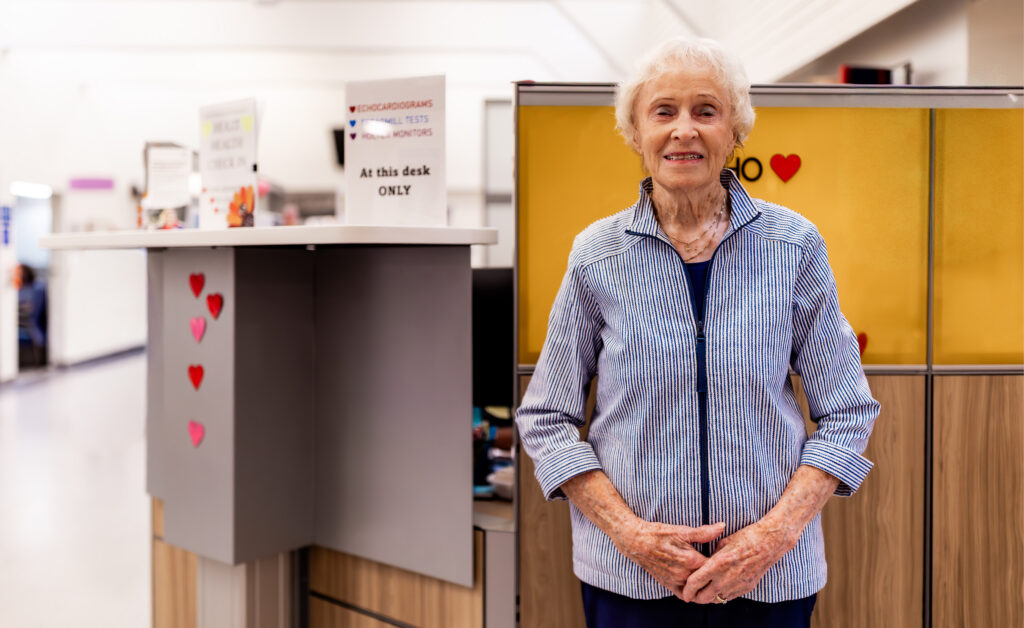by Tina Kelly –
Strange noises immediately followed by complete silence. I began to hatch a plan for the contents of what I believed to be my newly-deceased fridge: notify the property manager, borrow a cooler, pick up ice from the store, decide what to eat first, call friends and family to ask for a loan of fridge space, etc.
In the morning, the appliance was humming along just fine. When I shared my backup plan with my dad, he launched into the proverbial “back in the day.” You know, the old days, when the first step after an item broke was to attempt repairs, either ourselves or by hiring an expert. Now, my dad noted, you’d probably just get a new fridge. He’s right. I remember the “fixing” days of yesteryear. I remember sourcing a part for my mom’s Kenmore dryer (yes, it was avocado green!). I remember a lamp getting rewired at a Hillside Avenue shop. I remember cobblers were common – even Victoria’s first Save-on-Foods and Drugs opened with a shoe repair department.
Nowadays, broken items are more likely to be tossed; it’s often cheaper, or about the same cost, to order a replacement. There are also fewer people in the business of repairing. In general, people don’t tinker like they used to and as many products are increasingly computerized, fixing has become more complex.
We are a throwaway society and the amount of waste we produce is astounding. By repairing items, we can prolong their lifespan and delay their trip to the landfill. Consider the following ideas for giving new life to worn or broken belongings:
• Learn a few basic sewing skills. A needle and thread are inexpensive investments for mending clothing and housewares.
• Access sewers in your network of friends and family (I recently fixed two dog toys!).
• Make use of a Repair Café. Over the last two years, germs put Repair Cafés on hold, but now they’re back. These cafés, often held in libraries, churches or other public spaces, welcome a variety of items for fixing. Not only can you have an item repaired; you can learn new skills in the process. Visit
www.repaircafenorthsaanich.ca for a local option.
• Volunteer FOR a Repair Café. Do you have the knack for fixing small appliances, electronics, bikes, clothing or furniture? Repair Cafés are always looking for skilled volunteers.
• Tell family and friends about your repair skills. They’ll know who to reach out to when something breaks.
• Practise new skills by borrowing tools from friends or the Victoria Tool Library (www.victoriatoollibrary.org).
• Use YouTube. Someone once said to me that you can learn to fix almost anything on YouTube. Give it a try!
The good news is specialty repair businesses are resurfacing. Basecamp Repairs (www.basecamprepairs.com) specializes in outdoor gear. Sleeping bags, sleeping pads, tents and backpacks are among the items this company brings back to life.
I’ve recently reinforced a few seams on clothing and bags, had a suitcase fixed and had the zipper replaced on a boot. My fingers and toes are crossed that the cobbler profession remains alive and well. And what’s still on my repair list? Thankfully not my fridge but if, or when, it actually conks out, my hope is it can be repaired instead of replaced.




